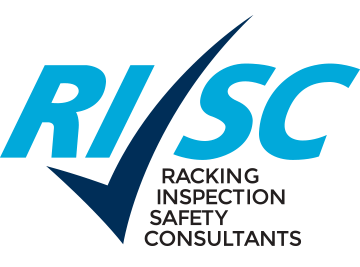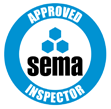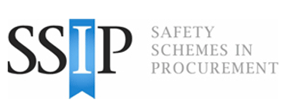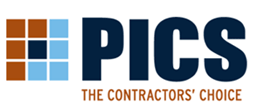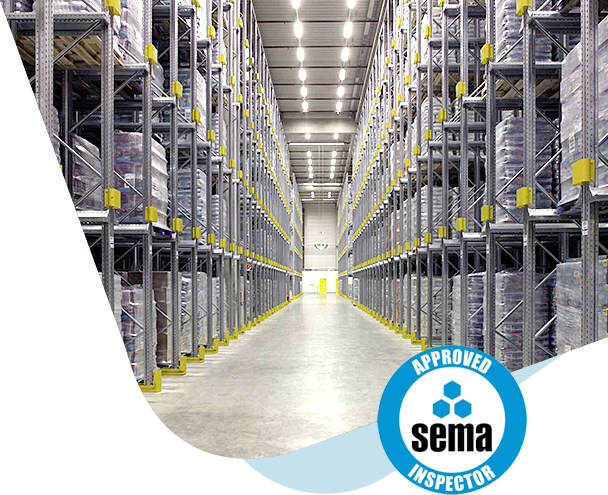
Help
Frequently Asked Questions
for Warehouses & Racking
RISC are trusted by 100’s of companies across the UK & Ireland to conduct mandatory pallet racking inspections and train their staff to be rack aware.
Here is everything you need to know, honest answers from out experts.
RISC are trusted by 100’s of companies across the UK & Ireland to conduct mandatory pallet racking inspections and train their staff to be rack aware.

Why do we need a Rack Inspection?
As an employer, you have a duty of care to your employees under various laws and regulations, so it’s crucial to ensure compliance and safety. If an incident occurs, will your Safe Systems of Work, Inspection Procedures, and documentation hold up under scrutiny by the HSE.
Employee liability entails the legal responsibility employers bear for their actions at work. Non-compliance with company policies and laws can lead to significant consequences, including imprisonment and financial risks.
How frequently should you conduct rack inspections?
While an annual inspection is the minimum requirement for compliance, it is considered best practice to have a designated ‘Person Responsible for Racking Safety’ on-site. This individual should undergo a Racking Safety Awareness Course to gain a comprehensive understanding of the racking system and be educated in the necessary requirements for conducting in-house inspections. Performing inspections on a planned and frequent basis provides a thorough understanding of any issues and enables prompt resolution of repetitive areas of damage. Often, these issues can be resolved quickly and straightforwardly with the appropriate knowledge.
So, is conducting an inspection once a year sufficient? Yes, it meets the compliance requirements. However, it is worth considering whether you are comfortable having loaded pallets in the racks with material handling equipment operating in the area, knowing that inspections are only conducted once every 365 days.
What should I get from my inspection?
In the case of a RISC inspection, a qualified and friendly SARI will arrive at your site at the pre-arranged time. They will familiarize themselves with the facility and your Health & Safety policies, while strictly following all personal protective equipment (PPE) requirements. A thorough visual inspection will be conducted, primarily from ground level, unless an elevated inspection is necessary. The inspection will document the manufacturing details, full specifications of the racking, and any issues identified during the process. These issues may include impacts from material handling equipment, lighting concerns, or general housekeeping matters. Notably, RISC is currently the only company that provides an immediate and comprehensive report upon completion of the inspection, with some limitations.
As SEMA-approved Inspectors, we adhere to industry standards for damage tolerances, in line with SEMA’s classification system, which includes:
– RED: Issues requiring immediate attention.
– AMBER: Damage or issues necessitating action within four weeks.
– GREEN: Identified damage or issues requiring monitoring.
During the inspection debriefing, our inspector will provide detailed explanations of these classifications, accompanied by a thorough review of the full inspection report.
One might think this sounds overly extensive for a mere racking system. However, it is crucial to consider the weight and load-bearing capacity of the stored items. Numerous videos available online depict racking collapses, and it is essential to take proactive measures to prevent such incidents. A professional service that offers the best advice and provides an easily understandable and detailed report is invaluable. Therefore, it is advisable to invest in the highest quality inspection service within your means to ensure the safety and integrity of your racking system.
So what do I do after the inspection?
Depending on the findings in the inspection report, you may find that no further action is required. However, if the report identifies any necessary repairs, alterations, or issue rectifications, we can assist you in addressing those as well. While RISC operates as an independent inspection company, we have a sister company that can provide guidance on repairs, alterations, or solutions to any identified issues. Feel free to reach out to us for any assistance you may require.
What happens if you choose to do nothing? Ignoring the identified issues is a short-term evasion tactic that can have severe consequences. The cost of bringing your system up to the manufacturer’s and SEMA standards may not be excessively high or could appear daunting. However, it is essential to consider the potential cost in terms of legal fees, negative publicity, and the immense stress caused by the ‘Corporate Manslaughter and Corporate Homicide Act 2007.’ This act holds companies accountable for their actions, and the consequences can be significant.
Ultimately, it is essential to recognise the potential risks and take proactive measures to ensure compliance and the safety of your employees and business. Failing to address these issues may lead to legal consequences, and it is crucial to avoid finding yourself in a legal dispute.
